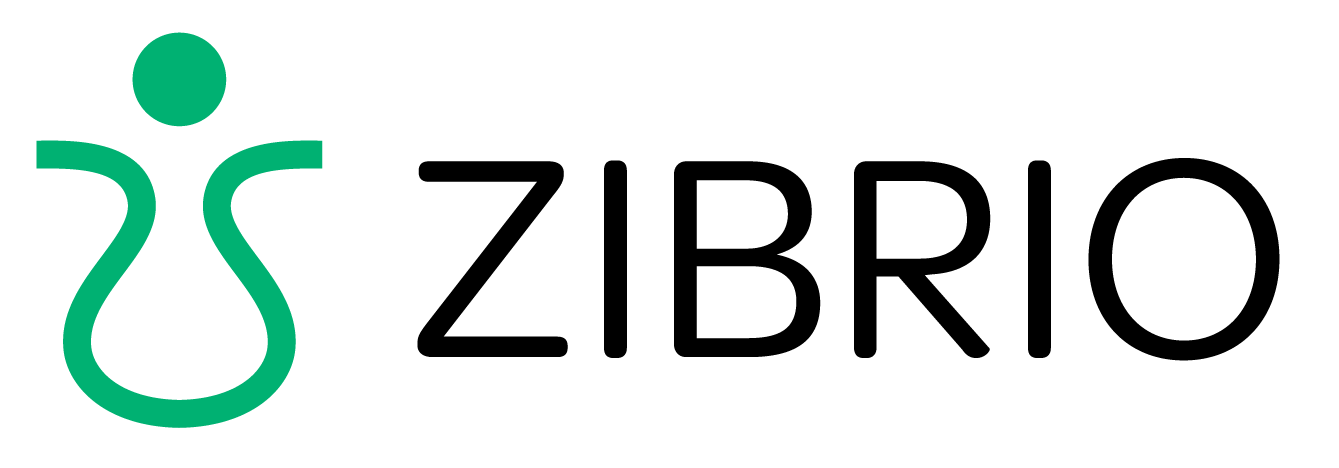What's the Foundation for Healthy Aging?
Aging brings changes to every part of the body, but it does not erase our ability to move, adapt, or improve. Movement is not only possible in later life — it is essential. Strength, balance, and coordination form the bedrock of independence, and research continues to show that these qualities can be regained and enhanced, even well into our 80s and 90s.
Why Movement Matters
Falls remain the leading cause of injury in adults over 65, affecting nearly one in three each year (CDC, 2024). Beyond physical injury, falls often lead to reduced confidence, social withdrawal, and a decline in quality of life.
The good news is that mobility, balance, and stability are highly responsive to training. This fact seems obvious when you look at toddlers learning coordination, and happily, this continues to be the case even late in life. Studies confirm that targeted programs improve not only physical strength but also mental wellbeing, social engagement, and overall quality of life.
A 24-week program combining resistance and balance training significantly improved physical function in older adults (Journal of Strength and Conditioning Research, 2025).
Balance and coordination training has been shown to improve gait, reduce fall risk, and increase independence (Frontiers in Aging Neuroscience, 2019).
Even simple static balance training can improve stability, particularly when paired with strength exercises targeting the legs and core (BMC Geriatrics, 2023).
Regaining Strength and Balance
It is never too late to begin. While age-related changes in muscle mass, bone density, and reflexes are real, they are not fixed. Progress can be gradual but meaningful.
Key principles supported by research:
Consistency matters. Training three times per week for several months provides measurable gains in balance and mobility.
Multiple systems must be engaged. Balance is not just muscular; it draws on vision, sensation, the inner ear, and brain processing. Exercises that challenge these systems together are most effective.
Progression is essential. Like any living system, the body adapts to gradual increases in challenge. Standing near a counter, shifting weight side to side, or heel-to-toe walking are simple starting points. Adding dual-task elements — such as talking, counting, or carrying a light object while balancing — mirrors real-life demands.
Movement, Sleep, and Cardiovascular Health
Regular physical activity does more than improve balance — it also supports the body’s most vital systems. Exercise has consistently been linked with better sleep quality in older adults, helping to reduce insomnia and nighttime awakenings while increasing restorative deep sleep (National Institute on Aging, 2023). Adequate sleep, in turn, is essential for memory, mood, and immune function.
Movement also strengthens cardiovascular health. Moderate aerobic activity and resistance training can lower blood pressure, improve circulation, and reduce the risk of heart disease — the leading cause of death among older adults (American Heart Association, 2024). A recent systematic review found that even modest increases in physical activity are associated with reduced cardiovascular mortality, regardless of age (British Journal of Sports Medicine, 2015).
Together, these effects reinforce the role of movement as a cornerstone of whole-body health, extending far beyond mobility alone.
Quality of Life Beyond the Physical
The benefits of movement extend well beyond reducing fall risk. Older adults who maintain balance and mobility report higher confidence, greater independence in daily activities, and more opportunities for social participation. Fear of falling itself can create isolation; addressing balance directly helps to break that cycle.
Measuring Progress: A Useful Guide
One challenge is knowing whether improvement is happening. Zibrio’s Stability scales provide an evidence-based way to measure balance. By detecting the body’s dynamic postural stability while standing still, it produces a balance score that also reflects your risk of falling in the next 12 months.
For older adults, this score offers several benefits:
Establishing a clear baseline
Tracking progress over time
Identifying early signs of decline
Guiding when to safely increase exercise intensity
Objective measures such as this can be motivating, reassuring, and a valuable addition to conversations with health professionals.
Moving Forward
Movement is not simply an exercise prescription — it is an investment in independence, vitality, and dignity. The science is clear: with consistent practice, balance and strength can be preserved and regained, even in later years.
The path forward does not require extreme effort, but it does require commitment. Small, regular steps — supported by trusted tools and clear evidence — lead to meaningful improvements in stability and quality of life.
Healthy aging is not about resisting change; it is about adapting wisely, moving with purpose, and continuing to live fully at every stage of life.

